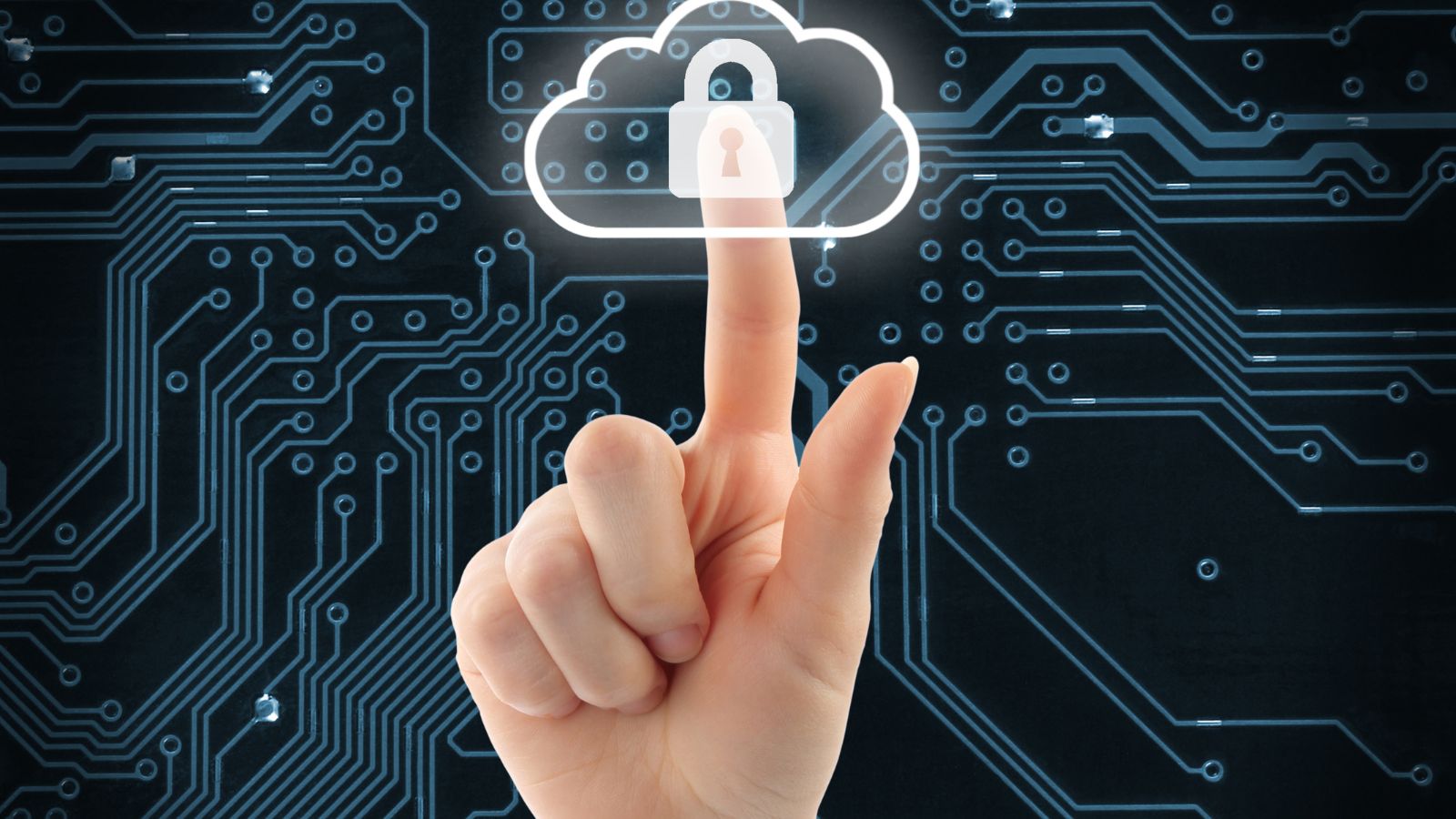Introduction
The way businesses operate has changed dramatically over the last few years. With remote and hybrid work models becoming the norm, employees are connecting from home offices, coffee shops, and virtually anywhere with internet access. While this flexibility boosts productivity and employee satisfaction, it also expands the attack surface for cybercriminals.
Distributed employees often use a mix of corporate and personal devices, connect to public Wi-Fi networks, and access sensitive company data from outside traditional office boundaries. These factors create security challenges that traditional, perimeter-based defenses designed for centralized offices struggle to address.
Organizations now require security models that can protect users, devices, and applications regardless of their location. This is where Security Service Edge (SSE) comes into play.
What Is SSE (Security Service Edge)?
SSE is a cloud-delivered security framework designed to protect modern workforces and applications without relying on traditional on-premise infrastructure. It focuses solely on security functions-unlike SASE, which combines both networking and security-and delivers them as a unified cloud service.
By shifting security controls to the cloud, SSE enables consistent protection for employees wherever they work. This means policies and enforcement happen close to the user, not just within a corporate data center.
A key difference between SSE and SASE lies in scope:
- SASE includes both networking capabilities (like SD-WAN) and cloud-based security.
- SSE focuses exclusively on the security side, making it ideal for organizations that already have robust networking solutions in place but need modern, cloud-based protection.
For a deeper understanding, including SSE security benefits and features explained. This distinction is critical for businesses evaluating security transformation strategies.
Core Components of SSE
SSE is made up of several integrated services that work together to secure data, applications, and users:
Secure Web Gateway (SWG) – Protects users from malicious websites, enforces browsing policies, and scans downloads for threats.
Cloud Access Security Broker (CASB) – Monitors and controls the use of cloud applications to prevent unauthorized data sharing or shadow IT.
Zero Trust Network Access (ZTNA) – Grants application access based on user identity and device posture, enforcing least-privilege principles.
Data Loss Prevention (DLP) – Detects and blocks the unauthorized transfer of sensitive information, whether through email, uploads, or messaging apps.
Why SSE Is Vital for the Remote Workforce

With employees spread across multiple locations, security policies must apply consistently to everyone, regardless of where they connect from. SSE ensures that:
Threat protection and compliance enforcement are the same for in-office, remote, and mobile users.
Advanced phishing and malware defenses are active at all times, even on unmanaged devices.
Sensitive corporate data stays protected without requiring full network-level VPN access.
By delivering these protections from the cloud, SSE helps eliminate the latency and bottlenecks common with traditional security models.
How SSE Works in Real-World Remote Work Environments
In practice, SSE secures remote workforces by applying Zero Trust principles-users must prove their identity before accessing any application or data. SSE platforms integrate with Identity Providers (IdPs) like Okta or Microsoft Entra ID to authenticate users securely.
Once authenticated, employees connect directly to cloud applications via the SSE platform, bypassing central data centers. This prevents VPN slowdowns and ensures that security checks happen in real time. It also provides granular visibility into user activities, helping IT teams detect suspicious behavior before it escalates.
Benefits of Implementing SSE for Remote Security
Organizations adopting SSE often see:
Improved user experience – Direct-to-cloud connections reduce latency.
Centralized management – A single console to apply and monitor security policies across all users and devices.
Lower breach risk – Advanced threat protection reduces the likelihood of malware infections and insider data leaks.
Faster onboarding – New employees or contractors can be securely connected in minutes without complex VPN configurations.
For example, Gartner research shows that companies shifting to cloud-delivered security experience fewer productivity interruptions and better resilience against cyberattacks.
Deployment Challenges and Solutions
Implementing SSE can bring some challenges:
Legacy integration – Older systems may need upgrades or API connectors to work with cloud-based security tools.
Staff training – Security teams must adapt to managing cloud-native services.
Vendor selection – Choosing a provider with strong threat intelligence and global data centers is essential for performance.
To address these, organizations should run pilot programs, ensure vendor interoperability, and invest in upskilling IT teams.
Best Practices for SSE
A successful SSE rollout requires:
Conducting a security gap analysis to identify weaknesses in existing protections.
Prioritizing Zero Trust policies to limit lateral movement in case of compromise.
Regularly reviewing and updating policies to adapt to emerging threats.
The Cybersecurity and Infrastructure Security Agency (CISA) also recommends continuous monitoring and logging to improve incident response capabilities.
SSE in Action – Industry Use Cases
SSE proves valuable across multiple industries:
Healthcare – Protects telehealth platforms and ensures compliance with HIPAA while safeguarding patient records.
Finance – Secures online transactions and protects sensitive customer data from phishing and malware attacks.
Education – Enables safe access to e-learning platforms, protecting student data and preventing unauthorized resource sharing.
Future of SSE in Remote Work Security
Looking ahead, SSE will continue to evolve through:
AI and machine learning – Predictive threat detection to stop attacks before they happen.
Edge computing integration – Enabling ultra-low-latency security enforcement near users.
Deeper SASE alignment – Combining SSE security layers with networking for unified digital transformation strategies.
As noted by TechRepublic, SSE adoption is likely to accelerate as more organizations prioritize flexibility and resilience in their cybersecurity approach.
Conclusion
SSE addresses the complex security needs of the modern remote workforce by delivering cloud-based, identity-driven protection that works anywhere. It ensures consistent policy enforcement, reduces risk, and improves user experience-making it a crucial tool for businesses in today’s digital-first environment.
As remote work continues to grow, organizations that adopt SSE will be better positioned to adapt to evolving cyber threats while maintaining operational agility.
FAQs
How is SSE different from SASE?
SSE focuses exclusively on cloud-delivered security services, while SASE combines these security features with networking capabilities like SD-WAN.
Can SSE protect unmanaged employee devices?
Yes, SSE can apply security policies to unmanaged devices by enforcing authentication and access controls before allowing connections to corporate resources.
Does SSE eliminate the need for VPNs?
In many cases, yes. SSE’s Zero Trust and direct-to-cloud model reduces reliance on traditional VPNs, though some legacy applications may still require them.


